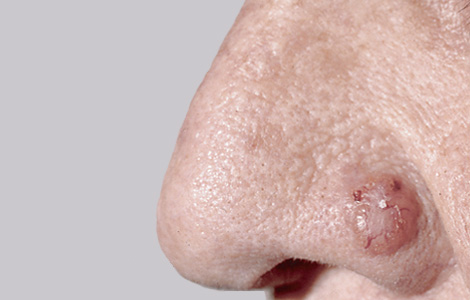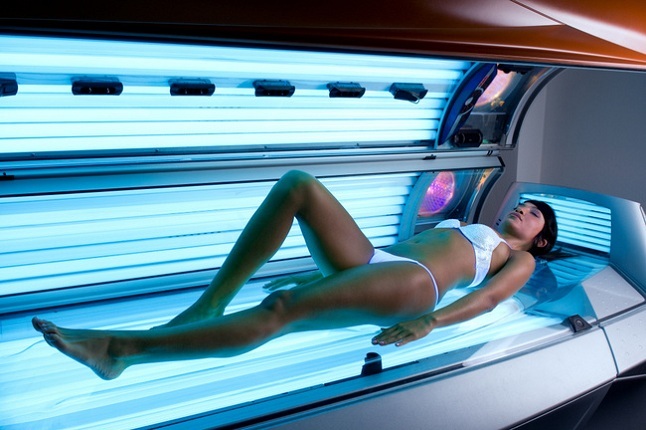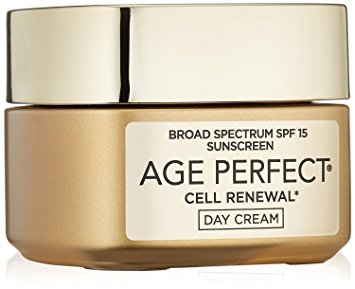
How Too Much Of Natural And Artificial UV Exposure Causes Melanoma Skin Cancer?
Sun exposure is vital for producing vitamin D needed to keep your muscle and bones strong. It also makes one feel and look good. However, too much sun exposure can lead to –
- Pre-cancerous and cancerous skin lesions
- Benign tumor
- Freckles
- Wrinkles
- Yellow skin discoloration
- Mottled pigmentation
- Telangiectasias
- Elastosis
What kind of UV rays are harmful?
Two types of UV [Ultra Violet] rays damage human skin and cause cancer.
- UVB is liable for sunburns
- UVA gets absorbed deeply by the skin. Sunburn risk is less but causes skin aging
- UVC is the most dangerous but hardly reaches earth surface as it is blocked totally by ozone layer

In the past years, sunscreen manufacturers and dermatologist have almost convinced the people that exposure to the sun causes cancer. This is not totally true. Sunlight, in reality, helps to prevent cancer and is not a primary cause to root cancer.
Sun rays never causes Melanoma
Vitamin D produced, due to sunrays protects several kinds of cancer, even deadliest skin cancer melanoma. Researchers have reported that sunlight does not root melanoma. Majority of melanoma cases are hardly related to sun rays.
How do sunrays prevent cancer?
Vitamin D is responsible for –
- Enhances cell differentiation
- Decreases cell proliferation
- Suppresses growth signals
- Lessens effect of IGF-1 on development of cancer
- Holds back angiogenesis process [new blood vessel formation in tumor]
On the other hand, Vitamin D deficiency can contribute to cancer development of colon, ovaries, skin, breast and more. Cancer experts have concluded that exposure to the sun is not the reason for an increase in rates of skin cancer but protects against several cancers.

People have become aware of skin cell damages due to UV rays, so they make use of sunscreen. Sunscreen manufacturers and dermatologists claim that UV rays damage your skin but using sunscreen products can protect you.
Usage of sunscreen has escalated but still, statistics show that skin cancer incidences are rising and not declining. Alternatively, sunscreen blocks Vitamin D production, which can be the cause of health issue. People who apply sunscreen tend to stay longer in the sun and get exposed to extreme radiation, which can root sun poisoning or sunburns.
Who are at risk to suffer from skin cancer?
Skin cancer risks are high in people having –
- Freckled or fair skin, which burns easily. Red or blond hair and light eyes are at high risk to get skin cancer.
- Family history
- Personal history of living in sunny regions or more outdoor activities like being an outdoor sports person.
- Severe sunburns history, as well as irregular and large shaped moles, is also a huge risk factor for melanoma.
Skin cancer symptoms
A change in skin texture is a warning sign of cancer.
- Basal cell carcinoma – In the start, a tiny, pearly, smooth, or waxy bump occurs on the ears, neck, or face. Or flat red, pink, or brown lesions can occur on your arms, legs, or trunk.

- Squamous cell carcinoma – A red, firm nodule or scaly, rough and bleeding lesion can appear which ultimately turns crusty. Basal and Squamous cancer occurs anywhere on the skin besides to the parts that get exposed to sun frequently.

- Melanoma – It is dangerous cancer, which resembles a normal mole with an irregular appearance. A red, white, or pigmented bump or patch can be seen.

How skin cancer spreads?
Skin cancers can turn out to be invasive. Tumors can grow beneath skin layers. If tumors penetrate through within lymph vessel or blood wall than cancer cells break away and spread to different body parts. Usually, skin cancer gets caught early and treated successfully. However, you need to understand sunburns and tanning to prevent skin cancer.
Sunburns and melanoma
UV light energy is very high, which causes mutation in genes. It does not happen instantly to every skin cells but regular exposure to sun rays through life adds to escalate the mutation risks. Sufficient mutation in your DNA leads to skin cancer.

UVB rays cause sunburns, which gets inflamed, healed, and burn gets faded, overtime. However, the cells that got damaged die and peel off. In case of severe burns, your ability to sweat gets limited. It can even make you feel chilled or sick.
Single sunburn incident does not increase the risk of melanoma but 5 to 6 sunburns doubles the threat of aggressive cancer. Getting sunburns accidentally once is not a matter to be concerned but make sure you avoid sun damage.
Tanning and melanin
Melanin is natural skin protection against UV rays. Tanning makes skin dark and increases melanin level, which is believed to decrease the chances of getting sunburn. People think that burning is bad but tanning is good. Surprisingly, a recent study has revealed that if the melanin level produced while tanning is not sufficient then it will not be able to offset the skin damage.

Artificial UV ray exposure and skin cancer
Observation studies have reported that squamous and basal skin cancer is associated with the specific behavior of people in respect to sun exposure and even makers of UV ray devices. Melanoma is associated with artificial sun devices as well as –
- Activities like water sports, vacations in sunny locations and sunbathing
- Sun damage on skin are found [actinic keratoses, solar elastosis, and liver spots]
- Previous sunburns
Risky artificial UV ray sources
- Indoor tanning with help of tanning beds

- Welding & metal work

- Phototherapy

Variety of lab studies
- Cell studies conducted in test tubes and lab dishes displayed that natural and simulated sunrays can damage DNA.
- Rats, mice, and other lab animals exposed to artificial and natural sunlight source has displayed the occurrence of skin cancer.
- Every kind of UV radiation [UVA, UVB, and UVC] has displayed to be unsafe.
UV spectrum is carcinogenic to humans – Expert agencies say
Based on evidence obtained from human research, lab and animal studies national and international organizations evaluated the relationship between cancer and UV rays.
WHO [World Health Organization] has classified the entire UV continuum to be ‘carcinogenic to humans’. In addition, the US government agencies like NIH, CDC, and FDA has categorized UV radiation to be human carcinogenic.
Several people believe tanning beds and lamps to be safe but IARC has classified tanning devices to be ‘carcinogenic to humans’. These devices need to carry a label, which states, “Attention – Person below age 18 should not use this product’. FDA has made it mandatory to include the warning statement in specification sheets, catalog, web pages, and descriptive brochures of the tanning devices.
Prevention and precaution is crucial
Direct sunlight causes cancer, so it becomes necessary to take precautionary steps like
- When you need to go out in sun wear proper long sleeve clothes, along with broad-brimmed hat and sunglasses

- Avoid going out in the sun between 10 pm to 3 pm
- Apply broad-spectrum sunscreen with SPF 15 regularly and not only in summer

- Unbalanced diet, excessive alcohol, smoking, and obesity are also contributors of cancer, so make lifestyle changes that can impact your DNA positively
Bottom line
A mild suntan from direct sun rays or artificial sources damages skin cells. Over time, it can cause a fatal cancer. Therefore avoid going in the sun unnecessarily or take precautions. It is better to be on the safe side than experience aggressive skin cancer.





